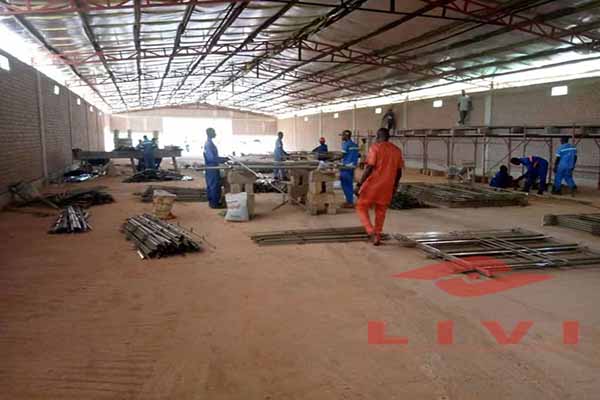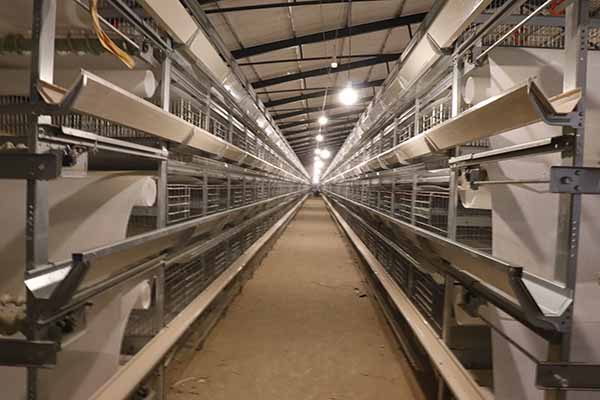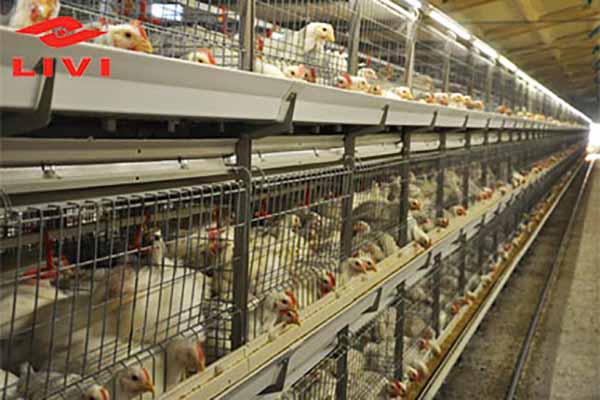Real Evaluation of Kenyan Chicken Equipment Users: Insights and Best Practices
Time : 2025-06-25
Kenya, with its vibrant poultry industry, has been at the forefront of utilizing modern chicken equipment to enhance productivity and quality in the chicken farming sector. This article aims to provide a comprehensive real evaluation of Kenyan chicken equipment users, examining their experiences, challenges, and best practices in leveraging advanced poultry farming technology. The insights shared here are based on in-depth research, expert opinions, and user testimonials, making this piece both informative and actionable for both novices and professionals in the poultry sector.
Introduction to Poultry Farming Equipment in Kenya
Poultry farming equipment in Kenya ranges from basic feeders, drinkers, and brooders to sophisticated automated systems. The use of these tools is pivotal in achieving efficient poultry production. In recent years, the industry has witnessed a shift towards the adoption of high-tech solutions, driven by the need to improve flock health, productivity, and the overall profitability of chicken farming operations.
The Role of Real Evaluation
Real evaluation of chicken equipment users is essential for several reasons. It helps identify the suitability of various equipment in the Kenyan context, uncover potential limitations, and suggest modifications for better performance. Furthermore, it assists farmers in making informed decisions when selecting equipment, ensuring that they invest in solutions that will provide the highest return on investment.
User Experiences and Feedback
Feeder Performance
One of the most crucial pieces of equipment in poultry farming is the feeder. Users in Kenya have highlighted that feeders play a significant role in preventing waste and ensuring that every bird gets the right amount of feed. However, issues such as blockages and inconsistent feed distribution have been reported. Some farmers have implemented adjustable feed systems, while others have resorted to manually refilling feeders to mitigate these problems.

Drinker Efficiency
Water is as vital as feed in poultry production. Drinker efficiency has been a topic of discussion among users. While some modern drinkers have automated water distribution, others still rely on gravity-fed systems, leading to spillage and contamination. Users have recommended using drinker pans that reduce waste and improve sanitation, which in turn contribute to healthier birds and reduced disease outbreaks.
Brooder Management
Brooders are critical for keeping newborn chicks warm and protected. In Kenya, farmers have reported that while some automated brooders maintain consistent temperatures, others suffer from overheating or underheating. Additionally, the design of some brooders hampers easy movement of chicks, leading to increased stress and decreased growth rates. Customizing brooder settings based on climate and bird type is recommended to optimize performance.
Best Practices for Effective Chicken Equipment Utilization
Regular Maintenance and Calibration
Users emphasize the importance of regular maintenance and calibration of chicken equipment. This not only prolongs the lifespan of the equipment but also ensures consistent performance. A schedule should be set for inspecting, cleaning, and repairing equipment to prevent downtime and ensure efficiency.
Staff Training
The effectiveness of chicken equipment is often contingent on the skills of the operators. Comprehensive training programs for farm staff on equipment usage and maintenance can significantly enhance productivity. Furthermore, staff should be educated on best practices for animal welfare, ensuring that equipment is used in a way that promotes the health and well-being of the poultry.

Environmental Adaptation
The Kenyan climate varies greatly, from the arid regions to the tropical coast. Poultry farmers must consider these environmental factors when selecting and operating equipment. For instance, equipment should be durable and able to withstand harsh weather conditions, and it should be designed to adapt to different altitudes and temperatures.
Conclusion
Kenyan chicken equipment users have valuable insights that can guide the poultry industry towards better equipment utilization and productivity. By understanding the real evaluation of users’ experiences, challenges, and best practices, farmers and equipment manufacturers can collaborate to improve poultry farming technology in Kenya. This will ultimately lead to more efficient operations, healthier birds, and a more profitable industry.
Through this article, we hope to shed light on the importance of real evaluation in the poultry farming sector, emphasizing the need for continuous improvement and innovation. As the industry evolves, staying informed about the latest equipment and best practices is crucial for success.












